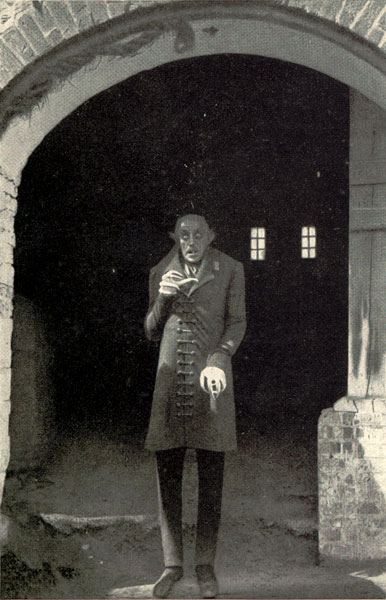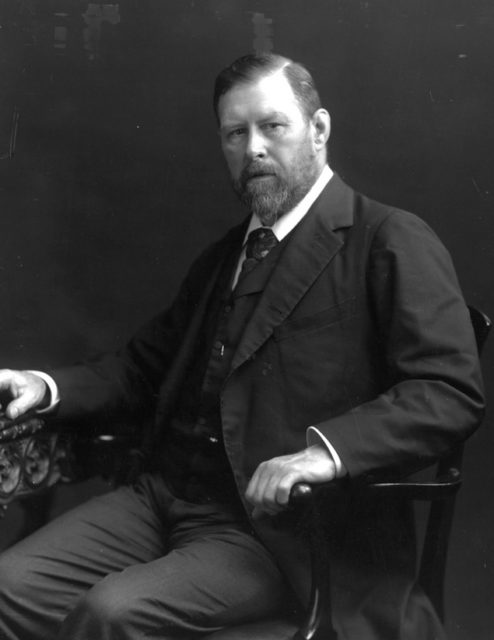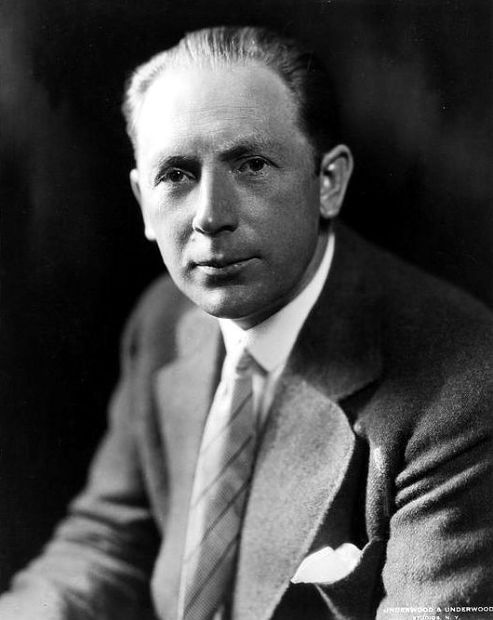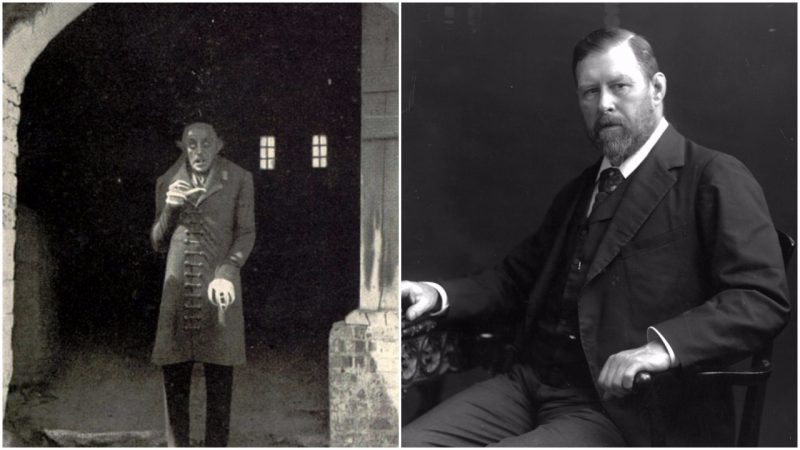Nosferatu: A Symphony of Horror, known simply as Nosferatu, is arguably one of the most influential horror films of all time. It was directed by Friedrich Wilhelm Murnau, who infused it with experimental elements of the German Expressionist film.
The film premiered in March of 1922 in the Marble Hall of the Berlin Zoological Garden, and the audience was immediately stunned by its inventiveness and a uniquely eerie atmosphere. However, the film and its crew ran into severe problems soon after its release, and the audience in the United States couldn’t enjoy the film until 1929.

The problems arose because Nosferatu was based on Bram Stoker’s seminal novel Dracula, but the studio never purchased the rights to the novel. The locations and names of Stoker’s characters were changed to avoid copyright infringement; Count Dracula became “Count Orlok” and the term “vampire” became “Nosferatu.” However, although the film deviates from the novel in many ways, the core concepts of the two works are similar, and this fact caught the eye of the heirs of Bram Stoker.
Florence Balcombe, the widow of Bram Stoker, sued Prana Film, the studio which released Nosferatu. In fact, Nosferatu was the only film released by the studio, as Prana Film immediately declared bankruptcy to avoid copyright infringement charges, and its founders Enrico Dieckmann and the famous occultist, Albin Grau managed to escape persecution.


However, the court ruled that the film infringed the copyrights of Bram Stoker’s novel, and the judges declared that all copies of the movie are to be destroyed. This was a devastating blow for Murnau and his crew because the German copies of the film were promptly eradicated.
Luckily, a few copies of the film survived and were already sent overseas. They were shelved in the United States for seven years and waited for their American premiere. When the film premiered in the U.S., it was immediately declared an absolute masterpiece of cinema, and it is still considered as one of the best horror films ever made.

Today’s horror film community and many directors of the 20th century owe their gratitude to a coincidental chain of events which caused Bram Stoker’s widow to recognize the film’s copyright infringement only after the film had premiered in Germany.
If she and the other heirs of Bram Stoker learned of the film’s plot while it was still in production, humanity would have ben left without a timeless masterpiece.
